Hydroponic gardening is an innovative way to grow plants without soil, offering a plethora of benefits such as higher yields, less space requirement, and reduced water usage. However, to achieve success in hydroponic gardening, it’s essential to follow certain practices that ensure the health and productivity of your plants.
In this article, ’10 Essential Tips for Successful Hydroponic Gardening,’ we delve into the fundamental guidelines that can help both novice and experienced gardeners create a thriving hydroponic system.
Table of Contents
Key Takeaways
- Utilize organic nutrients to promote a sustainable ecosystem and healthy plant growth in your hydroponic system.
- Start with disease-free seeds to minimize the risk of pathogens and ensure a strong foundation for your plants.
- Maintain system cleanliness to prevent disease spread and create an optimal environment for plant development.
- Practice good personal hygiene and use sterilized equipment to protect your hydroponic garden from contaminants.
- Implement effective pest management strategies and regular system maintenance to ensure long-term success.
1. Organic Nutrients
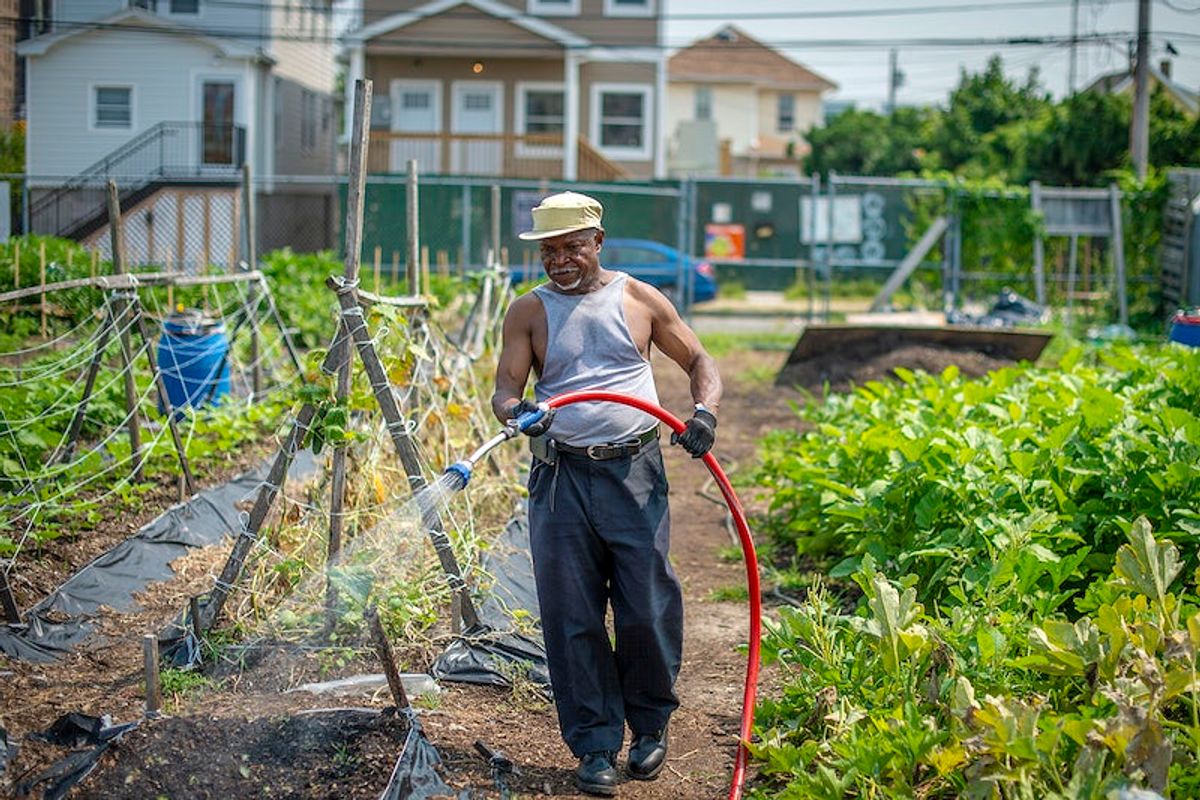
Choosing the right organic nutrients is fundamental in hydroponic gardening. Opt for nutrients derived from natural sources such as fish emulsion, seaweed extracts, and bone meal. These not only nourish your plants but also promote beneficial microbial activity, essential for nutrient breakdown.
Balancing your nutrients is crucial. Regularly test your water to ensure optimal nutrient levels and adjust your organic nutrient mix accordingly.
While organic nutrients are excellent for plant growth, they can also attract unwanted pathogens. Maintain system cleanliness by using natural cleaning agents like hydrogen peroxide to prevent harmful microbial growth. Remember, a clean system is a productive system.
Lastly, be patient and willing to experiment with different organic nutrient solutions to find the perfect balance for your hydroponic garden.
2. Disease-Free Seeds
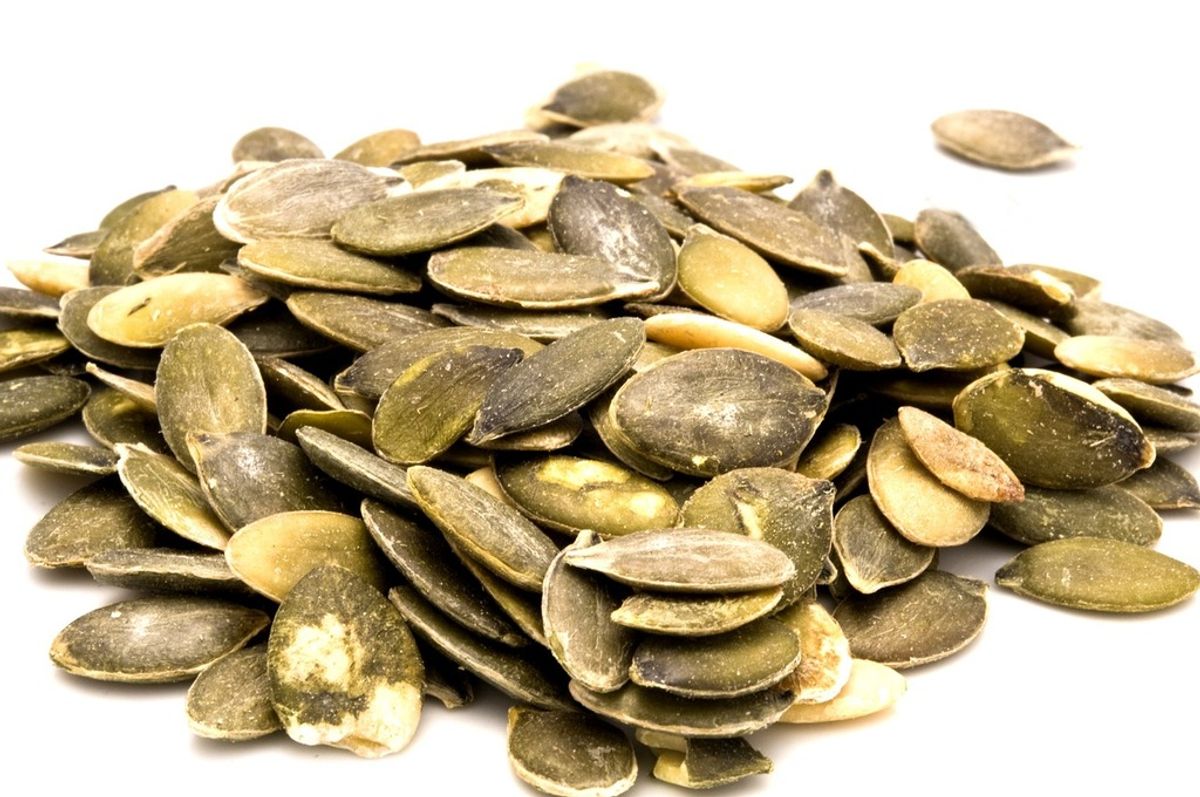
Starting your hydroponic garden with disease-free seeds is crucial for a healthy and productive system. Seeds harboring pathogens can lead to widespread plant disease, which is especially problematic in the closely-knit environment of a hydroponic setup. To ensure your seeds are free from disease, consider the following steps:
- Select seeds from reputable sources known for their quality and disease resistance.
- If saving seeds from previous crops, choose only those from healthy plants.
- Employ a hot-water treatment to effectively kill potential pathogens on the seeds before planting.
Maintaining a clean environment is also essential. All containers, pots, and tools should be thoroughly disinfected between uses to prevent the spread of disease. Additionally, practice good personal hygiene; wash your hands and change gloves when moving between different plants to reduce sources of infection.
By using healthy seeds and ensuring a sterile environment, you can significantly diminish the risk of introducing diseases into your hydroponic garden.
3. System Cleanliness
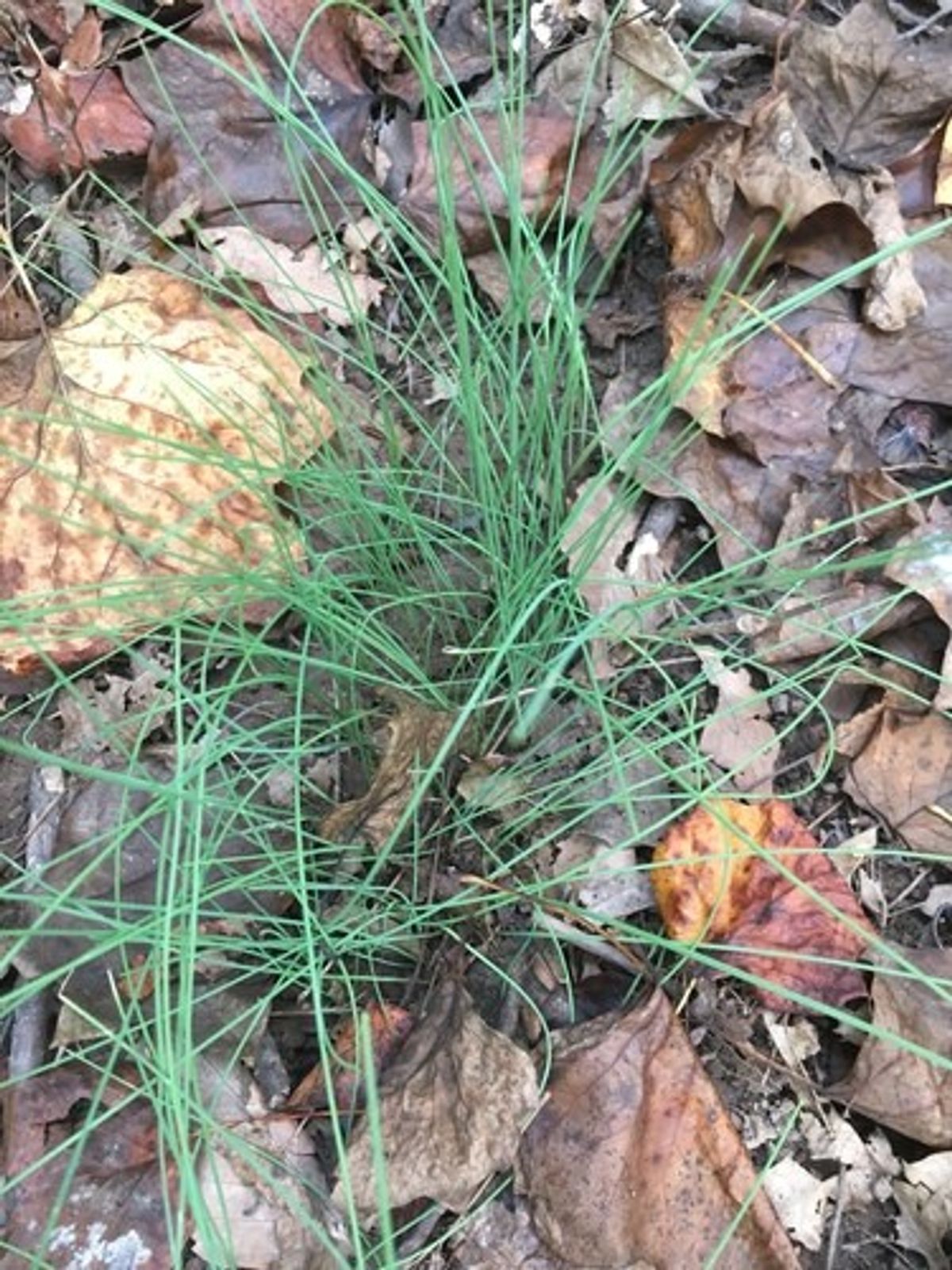
Maintaining a clean hydroponic system is crucial for the health of your plants and the overall success of your garden. Regularly clean your system components with natural cleaning agents like hydrogen peroxide to keep harmful microbes at bay. This not only ensures the organic integrity of your system but also prevents the spread of pathogens.
The easiest way to clean the entire system is to start at the top and work your way down, reducing the risk of accidental contamination.
Here are some good habits to adopt for system cleanliness:
- Start with sterilized containers and equipment.
- Thoroughly clean and sanitize your system between plantings.
- Keep your hydroponic setup away from other houseplants to minimize pest spread.
- Regularly check for pests using visual inspection or yellow sticky traps.
Remember, cleanliness in hydroponics is not just about the physical removal of dirt but also about maintaining a sanitary environment that discourages pest and disease outbreaks.
4. Personal Hygiene
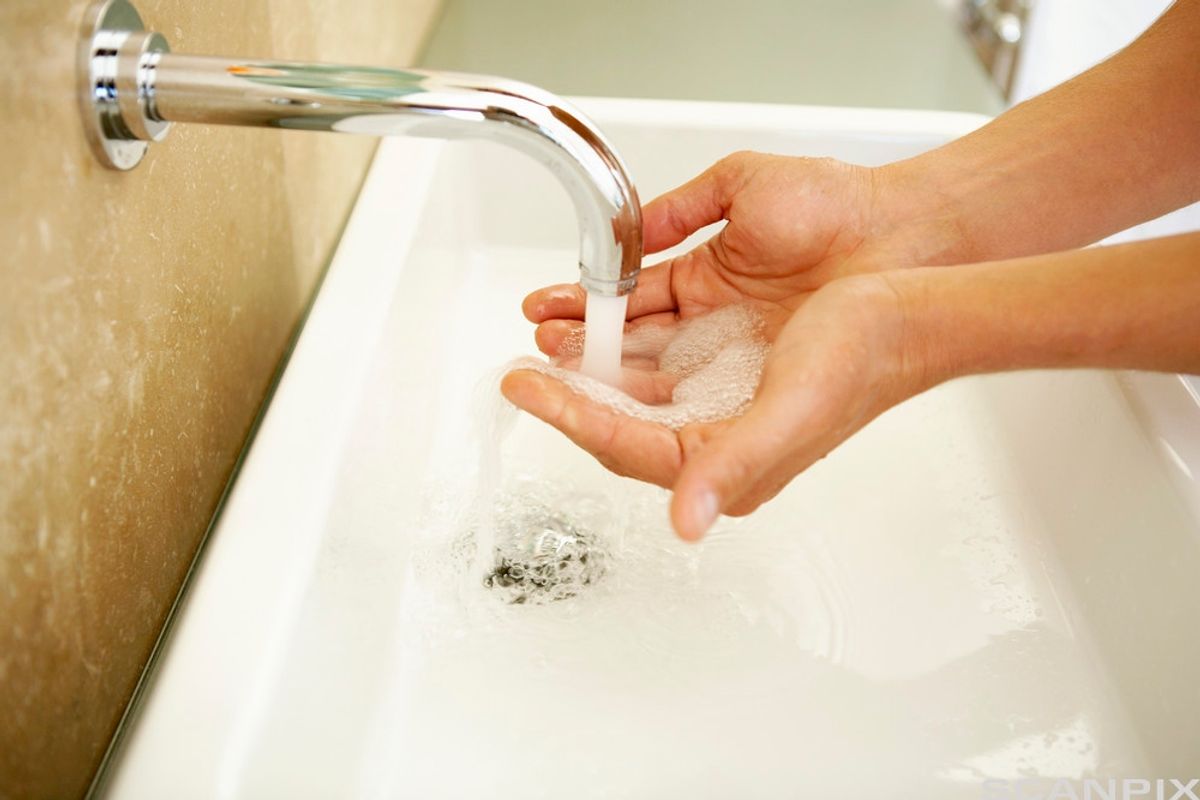
Maintaining personal hygiene is crucial in hydroponic gardening to prevent contamination and ensure the health of both the plants and the gardener. Wash your hands thoroughly before and during your work with the hydroponic system. If using gloves, wash or change them when moving between different plants to avoid cross-contamination.
Not working when sick, hand washing before and after contact with produce, water, or food contact surfaces, and ensuring all workers are trained and aware of these practices are essential for produce safety.
Here are some additional tips to maintain personal hygiene in your hydroponic garden:
- Always wear clean clothes when working with your plants.
- Keep fingernails short and clean to minimize the risk of harboring pathogens.
- Cover any cuts or wounds with waterproof bandages before handling plants or nutrient solutions.
- Avoid touching your face or hair when working with the system to prevent the transfer of contaminants.
5. Pest Management
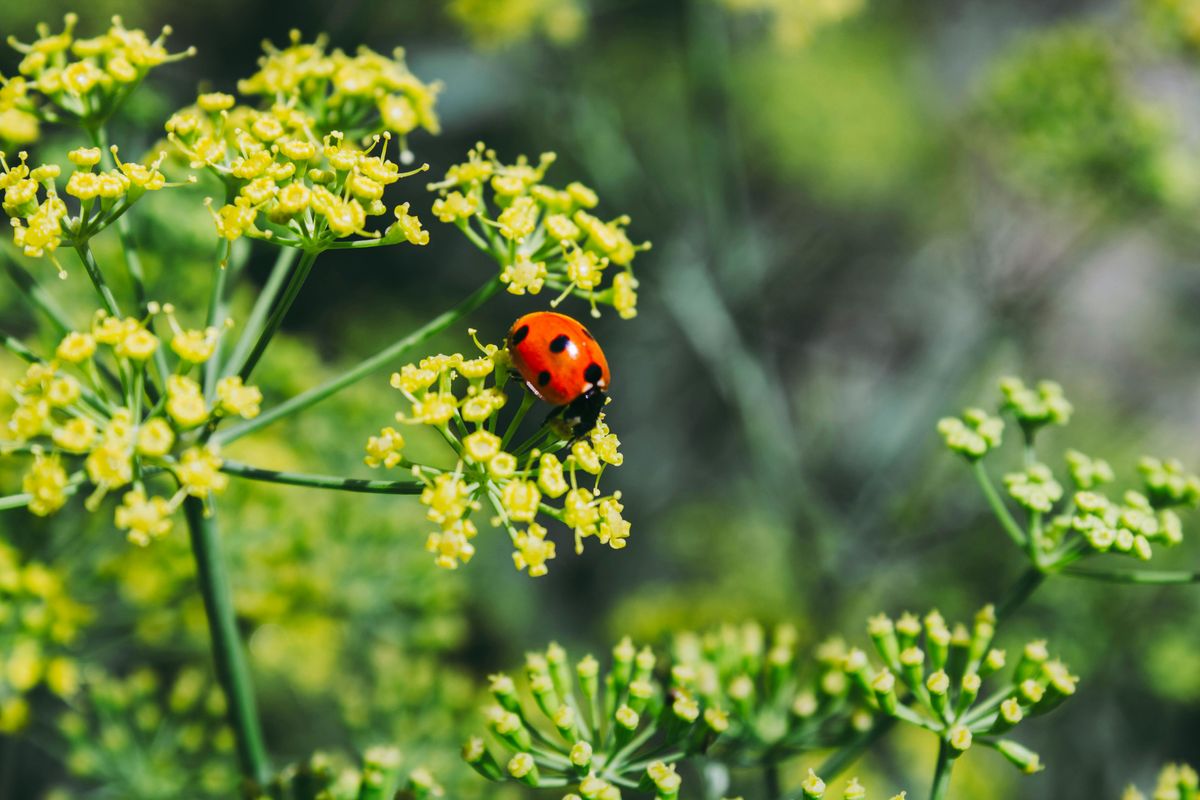
Effective pest management is crucial for a thriving hydroponic garden. Regularly inspect your plants for signs of pests and maintain a clean growing area to prevent infestations. If pests are detected, use hydroponic-safe control methods such as insecticidal soaps or natural predators.
Be careful when using cuttings from other people’s gardens. Inspect cuttings thoroughly and treat them with miticide before introducing them to your hydroponic system.
Here are some practical steps to manage pests in your hydroponic garden:
- Use yellow sticky traps for early detection of flying pests.
- For non-flying pests like mealybugs, mites, or aphids, physically remove them with a cotton swab dipped in diluted dish soap and water.
- Consider harvesting all plants at once if insect infestation becomes significant, to interrupt pest life cycles.
- Keep your hydroponic setup away from other houseplants to minimize pest spread.
Biological control with beneficial insects or nematodes can be effective, especially in enclosed spaces. Releasing beneficial insects under controlled conditions can help manage pest populations naturally.
6. Fresh Starting Materials for Successful Hydroponic

Starting your hydroponic garden with fresh materials is crucial for a healthy and productive system. Ensure that your seeds or young plants are of high quality and free from diseases to prevent future complications. It’s much easier to start with young plants than to grow from herb seeds, as germination can be a complex process.
When selecting plants, consider those that are known to thrive in hydroponic systems. Leafy greens, including lettuce and spinach, are recommended for beginners due to their ease of growth hydroponically.
Here are some easy crops to begin with:
- Lettuce
- Spinach
- Microgreens
Remember to provide enough space for each plant to avoid competition for nutrients. Using separate containers for different plant types allows for tailored care to each plant’s needs.
7. Sterilized Equipment
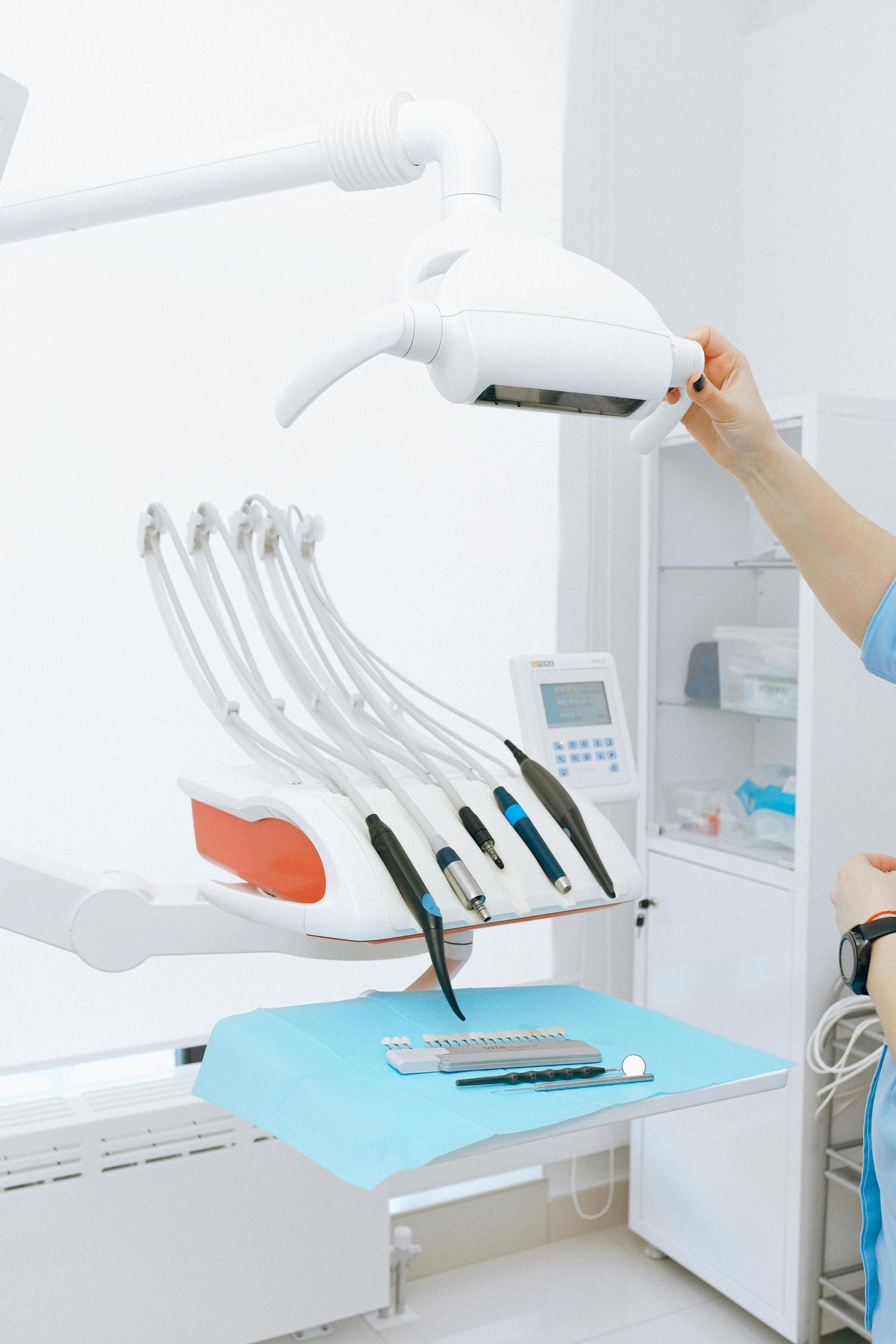
Ensuring that your hydroponic equipment is sterilized is crucial for preventing the spread of diseases and pests within your garden. Start with sterilized containers and equipment, and make it a habit to thoroughly clean and sanitize your system between plantings.
Sterilization is not just a one-time task; it’s an ongoing process that requires attention and diligence.
To maintain a sterile environment, consider the following steps:
- Use a reliable cleaning solution specifically designed for hydroponic systems.
- Regularly check and clean feeding rings, runoff trays, and nutrient tanks.
- Implement a routine for cleaning and calibrating pH and EC testers and kits.
Remember, a clean system is a productive system. By keeping your equipment sterilized, you minimize the risk of contamination and ensure that your plants can grow in a healthy environment.
8. System Maintenance
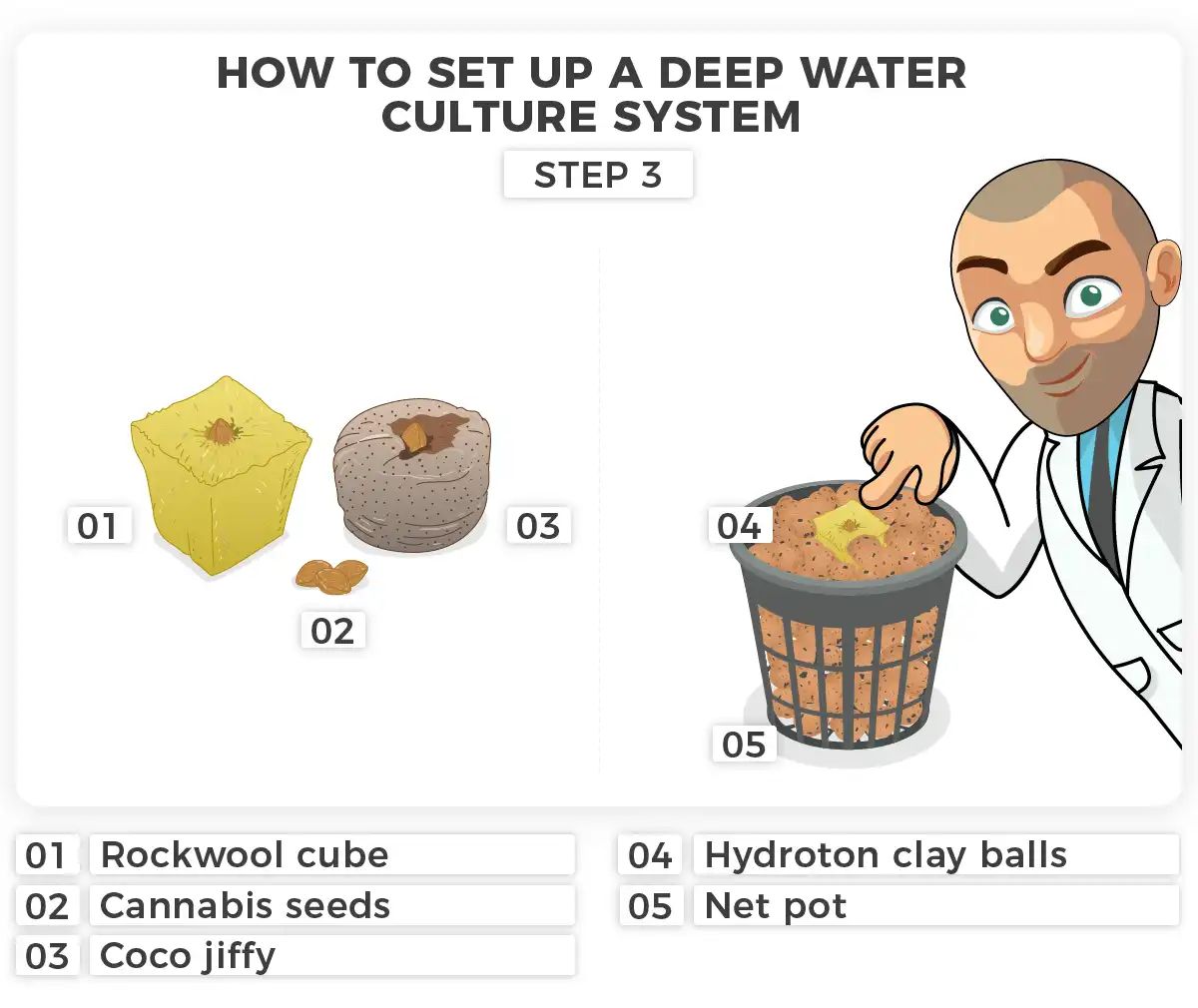
Maintaining your hydroponic system is crucial for ensuring a thriving garden. Regular checks and balances are key to preventing issues before they arise. A well-maintained system supports healthy root function and overall plant health.
Reservoir maintenance is a fundamental aspect of system upkeep. It’s essential to monitor the water level regularly and add water as needed to keep half of the root system submerged. This balance is vital for the plants’ water consumption and growth rate.
Here are some good habits to form for system maintenance:
- Regularly check and adjust your nutrient solution’s pH and EC levels.
- Change the nutrient solution every 2-3 weeks to prevent imbalances.
- Prune and harvest timely to encourage healthy growth and stimulate production.
By working smarter from the start with these maintenance practices, you’ll spend more time enjoying your garden and less time fixing problems.
9. Nutrient Solution Balance
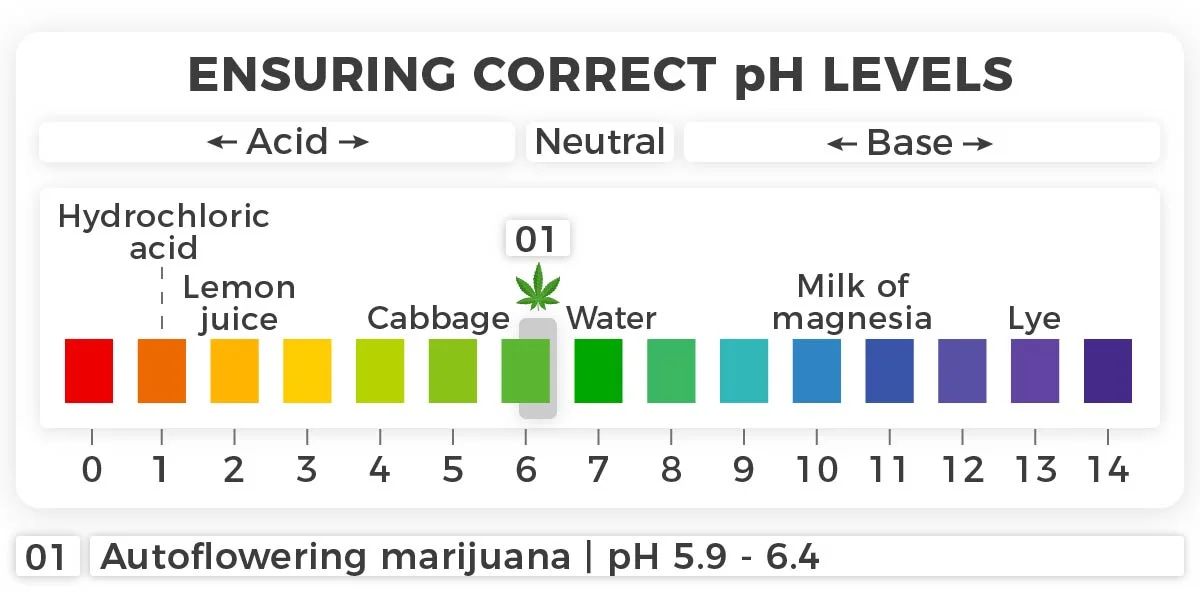
Achieving the right balance in your hydroponic nutrient solution is pivotal for plant health and yield. Monitor plant health regularly for signs of nutrient deficiencies or excesses, and adjust the nutrient solutions to address any imbalances. This proactive approach ensures your plants receive the optimal mix of macronutrients like nitrogen (N), phosphorus (P), and potassium (K), as well as essential micronutrients such as calcium, magnesium, and iron.
Maintaining a consistent nutrient concentration and pH level is essential. Regular testing of your water is necessary to ensure that nutrient levels are within the ideal range for your plants. When adjustments are needed, do so gradually to avoid shocking the plants.
Here’s a simple checklist for nutrient solution management:
- Test water for nutrient levels regularly
- Adjust organic nutrient mix as needed
- Monitor pH levels
- Change nutrient solutions according to plant growth stages
Remember, creating good habits early on with nutrient solution control can lead to strong, healthy plants and bountiful harvests.
10. Sustainable Practices
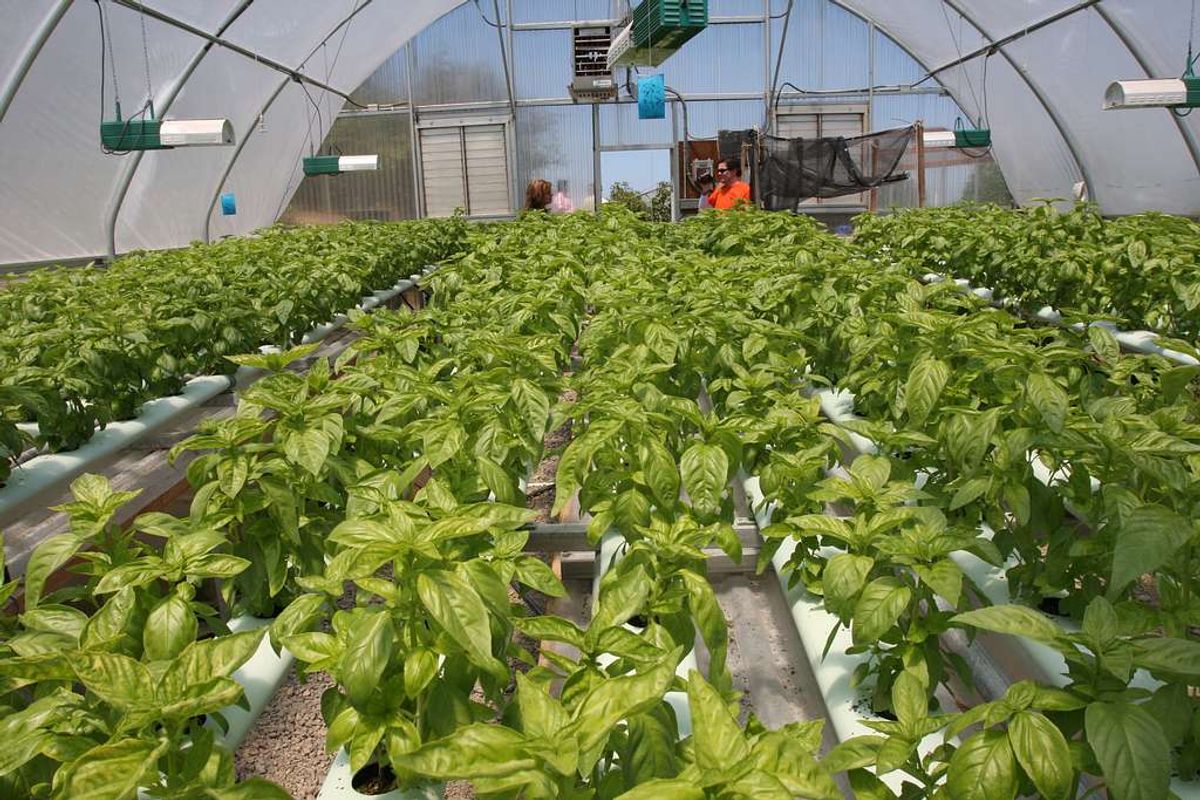
Embracing sustainable practices in hydroponic gardening not only contributes to environmental conservation but also ensures the longevity and efficiency of your gardening system. Hydroponics is a sustainable farming method that involves growing plants without soil, using nutrient-rich water solutions. This system offers several benefits, such as reduced water usage and the elimination of agricultural runoff.
By adopting sustainable practices, you can significantly reduce the ecological footprint of your hydroponic garden while maintaining high productivity levels.
To implement sustainability in your hydroponic garden, consider the following points:
- Use renewable energy sources, like solar or wind power, to run your hydroponic system.
- Recycle water within your system to minimize waste.
- Choose organic nutrients that are environmentally friendly and safe for consumption.
- Implement integrated pest management strategies to reduce the need for chemical pesticides.
Remember, a sustainable hydroponic garden is not only about the immediate benefits but also about preserving resources for future generations.
5 Tips and Techniques for Growing Eggplant: From Seed to Plate
Cultivating Zucchini: Tips for a Successful and Abundant Harvest
Step-by-Step to Growing Bell Peppers in Your Garden
Mastering the Art of Growing Carrots: Tips for a Bountiful Harvest


